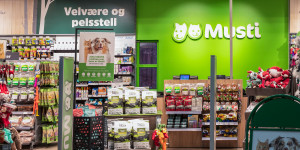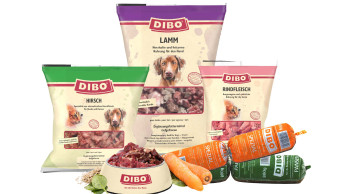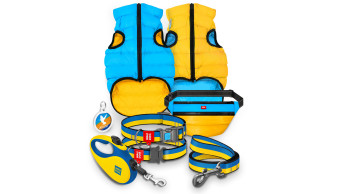The pet industry thrives on good ideas, useful products and an ever-increasing variety from which every pet owner can choose the best product for their pet. A trade fair like Interzoo is an important part of this construct. Where else can innovators, manufacturers and suppliers reach and inspire interested parties and customers under one roof? It is in the nature of things that one manufacturer or another will use another producer’s idea and implement it in their product at a later date, but this is difficult to avoid.
Manufacturers and suppliers are on top form especially when Interzoo comes around. They work towards this event starting many months in advance. Samples have to be finalised, packaging and presentations designed and printed and, of course, feed bags produced. Many of the new products accompany and support trends. And even if hardly anyone wants to say it out loud, there is always the hope of perhaps even creating a completely new trend.
At Interzoo, however, colleagues discuss whether the new product really is new - or is it just one of the oft-cited old wines in new bottles? Often the new lies in the detail and only becomes recognisable at second glance.
It should not be forgotten that the success of a new product also depends on acceptance by the pet. Animal experts know this, of course, and it confirms all the preconceived ideas: the cat has a mind of its own and prefers to choose what it plays with and what it eats. Dogs, on the other hand, are - if you'll forgive my language - more of a simple nature and are happy with (almost) anything their master or mistress brings them from the pet shop. The high demand keeps the market lively and on the move.
Trends such as sustainable accessory products, treats with additional health benefits and alternative protein sources are positive developments that not only boost sales but are also good for the pet's health and the environment. The fact that not all developments result in megatrends is a matter of course and is naturally largely due to human preferences. People buy what they want to give their dogs. Or to put it another way: if the dog's owner doesn't like the product or is disgusted by insects in the treat or food bowl, the dog won't get it either.
With this in mind, the industry should be reminded once again not to lose sight of people in their product developments and marketing strategies.

 Menü
Menü







 2/2024
2/2024














 Newsletter
Newsletter